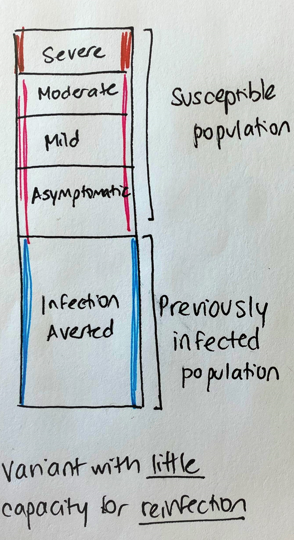
I enjoyed participating in yesterday's #EEID2022 panel on scientific communication - what has worked, what hasn't, and what I've learned. For these types of panels, I have made a conscious decision to be very honest, including the good and the bad experiences. 1/
Yesterday, that included me telling the audience how much I angsted over questions like "Is it safe to do X? Our viewers want to know!" Or pressure to stay up to date on everything, or say yes to all requests. Worry that I'm saying the wrong thing or don't belong. 2/
Admitting vulnerability is a trait I admire in others because it takes bravery and normalizes common challenges. IMO, it's a similar bravery to scientific communication in the first place. Public engagement involves putting yourself out there in a way that can be intimidating. 3/
I've learned a lot, through success and failure. A pet project now is to share some of those lessons with others in my field of biostats (catch me at #JSM2022). Thanks again to those who attended yesterday's #EEID2022 session and the thoughtful convos that followed. 4/4
• • •
Missing some Tweet in this thread? You can try to
force a refresh






